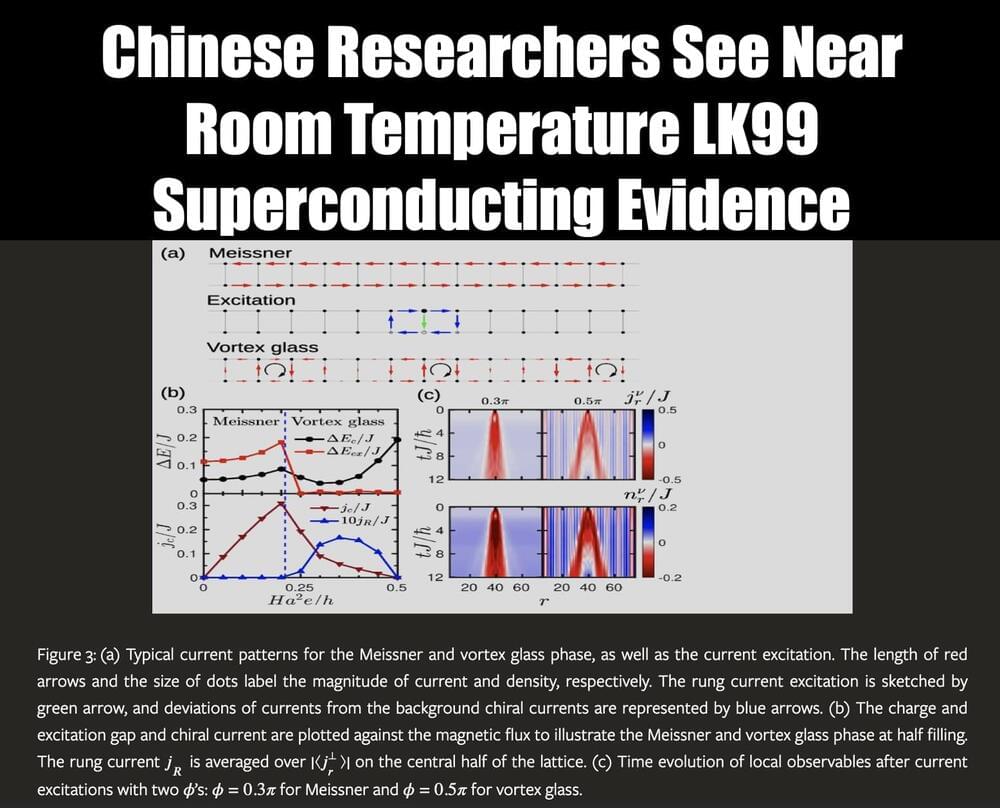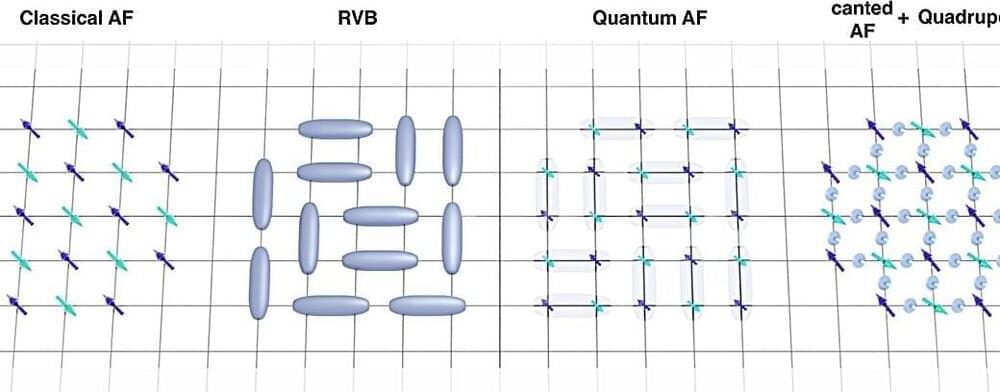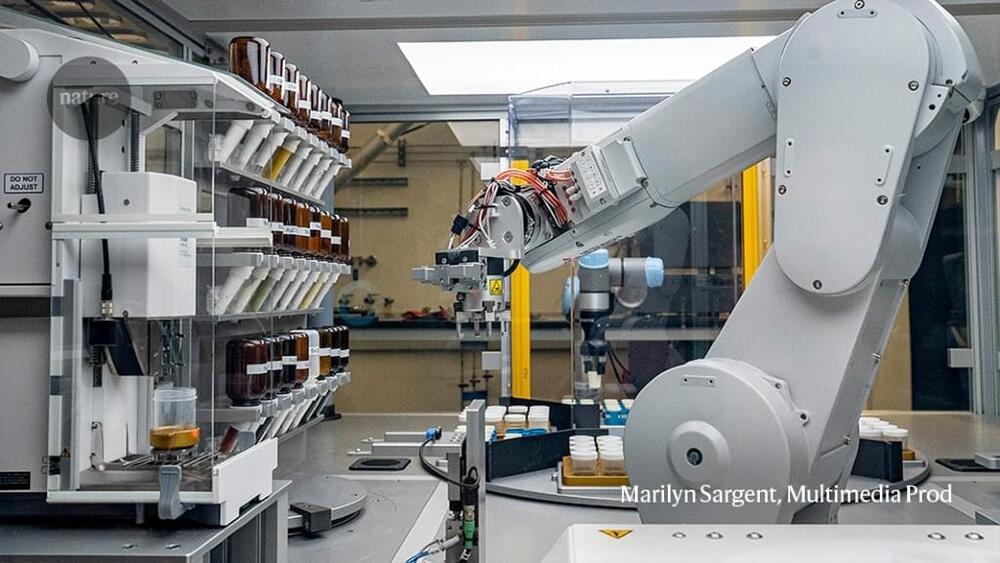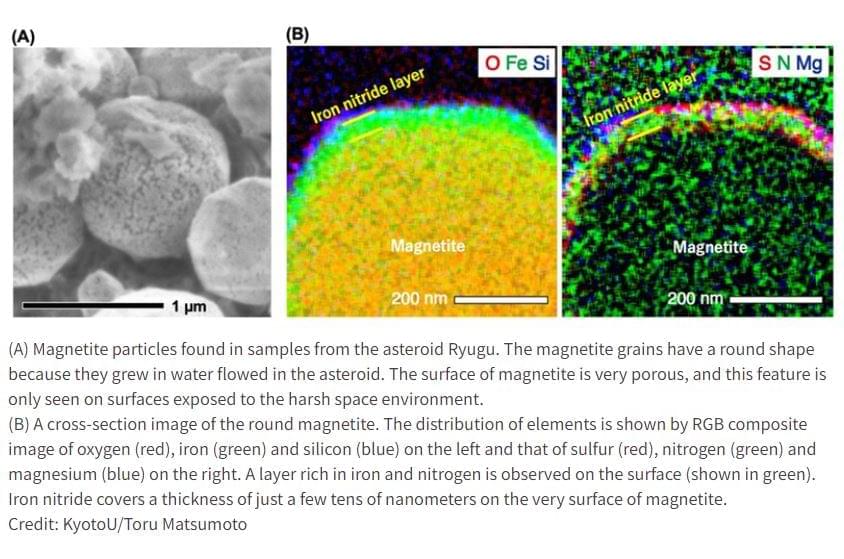Tesla’s Cybertruck manufacturing process is groundbreaking and involves high precision laser cutting and stamping of stainless steel, setting a new benchmark for work trucks and impressing industry experts like Sandy Munro.
Questions to inspire discussion.
What materials are used in the Cybertruck manufacturing process?
—The Cybertruck manufacturing process involves high precision laser cutting and stamping of stainless steel without a coating, as well as the use of aluminum bronze to stamp hot blanks.






